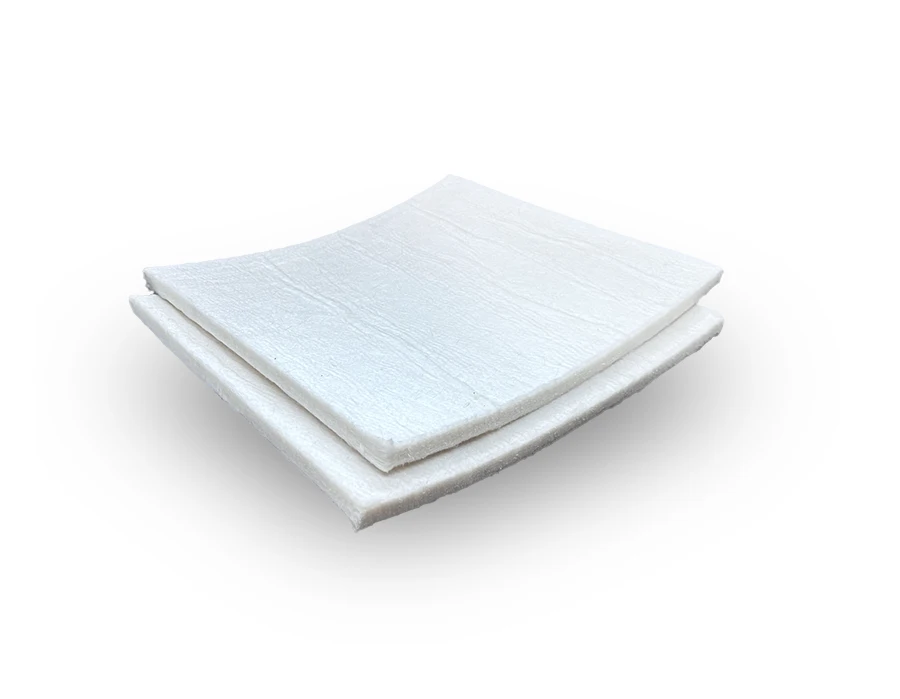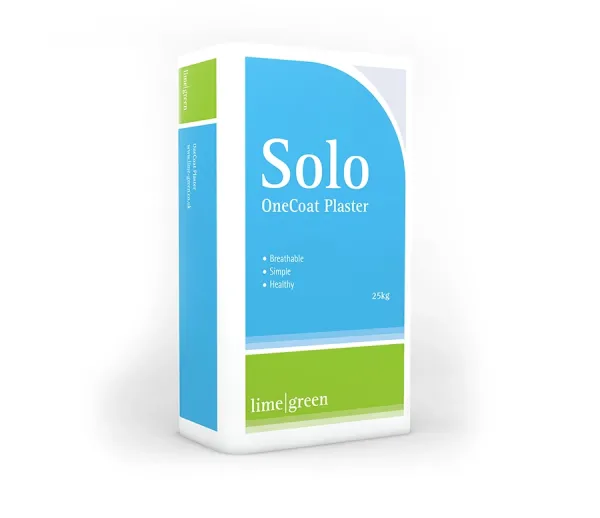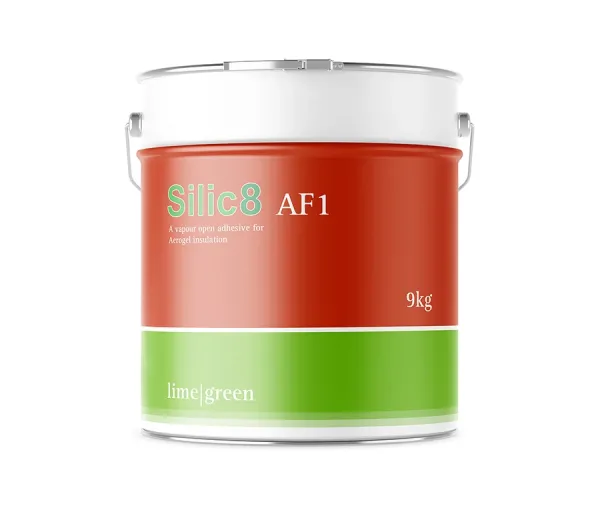Warmshell Aerogel Insulation Boards
Because they are open to moisture vapour and Class A2 for fire, they are perfect for solid walls which require very thin layers of insulation. You can use them with our other products like Solo One Coat Lime Plaster - look at the technical guidance below for more information.

Data Sheet
View technical information about this product here. If you require any other information please contact us
Downloads
Click on a button to download an associated document. The document will save to your downloads folder
Product advice and expert help
We're always here to help. From advice on the right products to choose, to U-value calculations and much, much more. Click here to contact our technical support team.
Related products
More fantastic products that might be helpful

